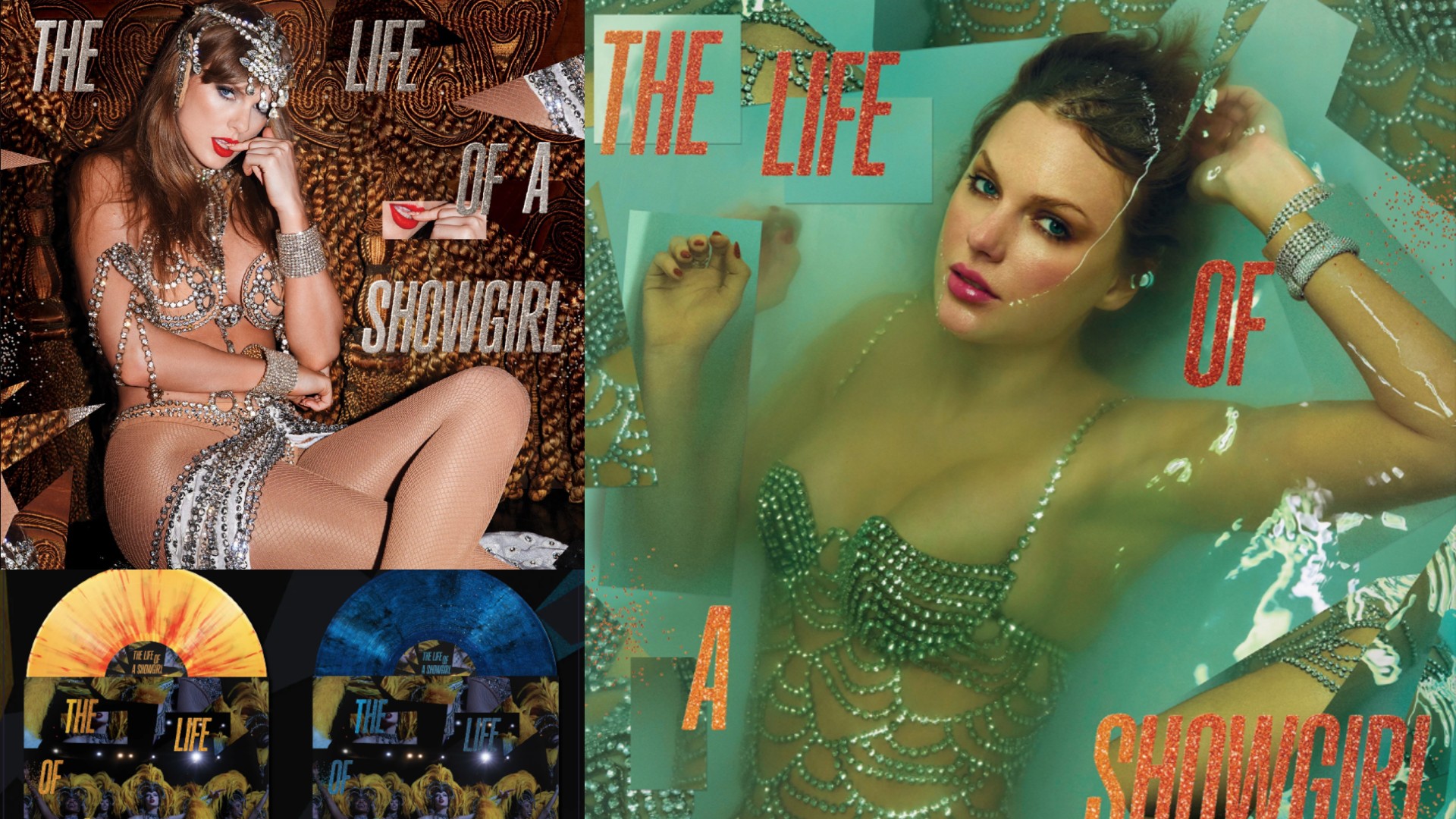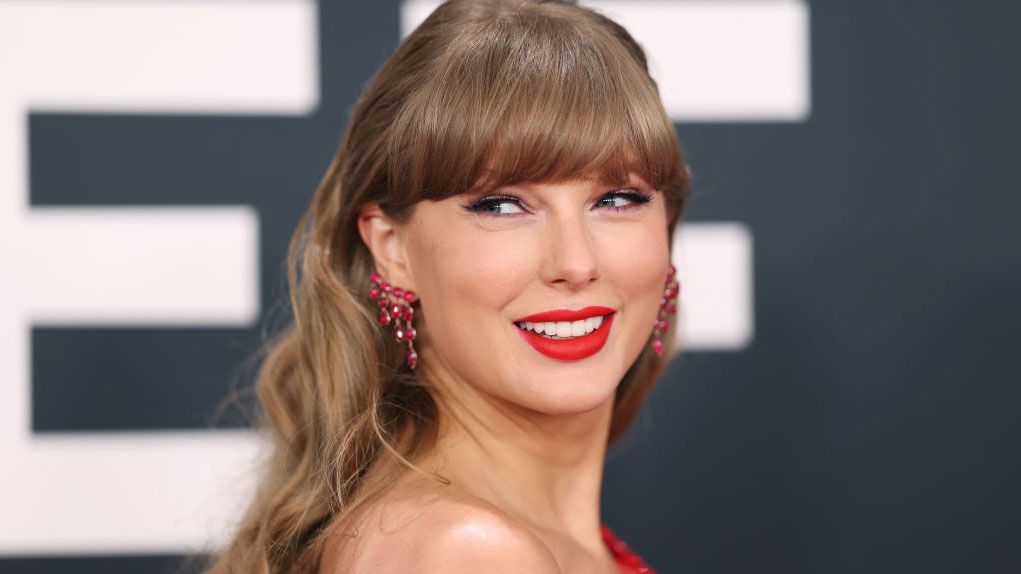The Controversy Surrounding Taylor Swift's Use of Generative AI
As a dedicated Taylor Swift fan, it's disheartening to see the generative AI allegations that have emerged following her latest album release. While I have no desire to contribute to the online criticism surrounding her new work (which is genuinely joyful), I feel compelled to address the AI concerns that have surfaced.
The Album Launch and Scavenger Hunt
Following the release of "The Life of a Showgirl," Taylor Swift launched an elaborate global scavenger hunt. Fans in 12 major cities searched for orange doors that unlocked accompanying videos via QR codes. This album launch represents one of the most extensive brand strategies ever seen for any new release across any industry.

From multiple album variants and massive social campaigns to what some are calling the future of cinema with her movie release party, Taylor has masterfully energized Swifties worldwide. While there's been genuine joy in the fan community's connectedness, some marketing moves have clearly been financially motivated - making the use of AI-generated assets feel particularly disappointing coming from such a wealthy brand.
The Creative Contradiction
What makes this situation particularly surprising is the contrast with the quality shown in "The Life of a Showgirl" movie. The film includes behind-the-scenes footage of the music video for "The Fate of Ophelia," revealing Taylor's hands-on involvement in the creative process. The video features lavish handmade sets and costumes with incredible attention to detail, demonstrating the control and perfectionism that Taylor and her team are known for.
This makes the inclusion of videos with obvious low-quality AI signifiers particularly jarring, as they don't align with the high standards maintained throughout the rest of the album's creative ecosystem.
The Broader Implications
While the AI videos might seem like supplementary content rather than core components, they contribute to the overall creative narrative and are designed to be viral content that ultimately drives album sales. For a brand of this magnitude, there should be a higher standard - one that involves enthusiastically paying real designers for their work.
There's certainly a place for AI in creative workflows, but using raw AI output as final content should be reserved for amateurs who wouldn't be hiring professional designers anyway. Beyond the implications for designers' livelihoods, this wasn't a strong brand decision from an optics perspective.
The videos have since been removed from YouTube, but not before the internet took notice. Now, news outlets are flooded with these allegations - a predictable outcome that someone should have anticipated and considered more carefully.





Comments
Join Our Community
Sign up to share your thoughts, engage with others, and become part of our growing community.
No comments yet
Be the first to share your thoughts and start the conversation!